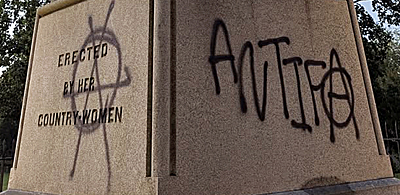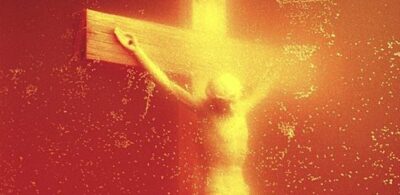Simon Schama’s, The Power of Art
The Power of Art, an engrossing series that takes a close-up look at the life and times of eight master artists, begins its series premiere tonight on PBS (Monday, June 18th, 2007.) Created by fêted art historian and author, Simon Schama, the broadcasts focus on Mark Rothko, Jacques-Louis David, Giovanni Lorenzo Bernini, Rembrandt van Rijn, Caravaggio, Vincent van Gogh, J.M.W. Turner, and Pablo Picasso. In Schama’s own words:
“This is not a series about things that hang on walls; it is not about decor or prettiness, it is a series about the force, the need, the passion of art – the power of art.”
Each one-hour episode examines a masterwork produced by the segment’s featured artist through Schama’s narrative, dramatic recreations, use of historic films and still photos, as well as images of the artist’s works. Tonight’s premiere begins at 9:00 p.m. ET with the story of Vincent van Gogh, followed immediately at 10:00 p.m. by the chronicle of Pablo Picasso. Successive episodes will run each Monday evening through July, 30th, 2007.
Schama’s telling of Picasso’s history begins with one of my favorite anecdotes regarding the radical Spanish painter. The broadcast starts at the artist’s Paris studio in 1941 during the Nazi occupation, just as the fascist secret police conduct a raid on the artist’s Left Bank apartment. While rummaging through Picasso’s things, a Gestapo officer sees a reproduction of the artist’s famous work, Guernica, and asks “Did you do this?” Picasso replied, “No, you did.”

But Simon Schama’s telltale history of Picasso’s famous mural doesn’t play it safe – the history of the Guernica painting is updated to reflect current realities.
The segment ends with Schama reminding us that in 2003, just prior to the American invasion of Iraq, U.S. officials arranged to cover the tapestry version of Guernica hanging in the United Nations so as not to conflict with the pro-war speech given by then secretary of state, Colin L. Powell.
Ironically, on the very day of Mr. Powell’s misleading and transparent UN address advocating war against Iraq, I wrote about the concealing of Picasso’s Guernica:
“The censoring of Picasso’s mural is illustrative of art’s immense power. It is a civilizing force that erases national boundaries and strengthens human solidarity. In particular Picasso’s masterwork continues to aim a laser beam focus on the madness and inhumanity of war, a message that transcends the barbarity suffered by a small Basque village in 1937. As Picasso himself once said, ‘Art is a lie that tells the truth.’ The artist’s profound mural still speaks the truth to the people of the world, so much so that the powerful feel compelled to censor it.”
The Power of Art series by Simon Schama can be viewed in its entirety on YouTube.



